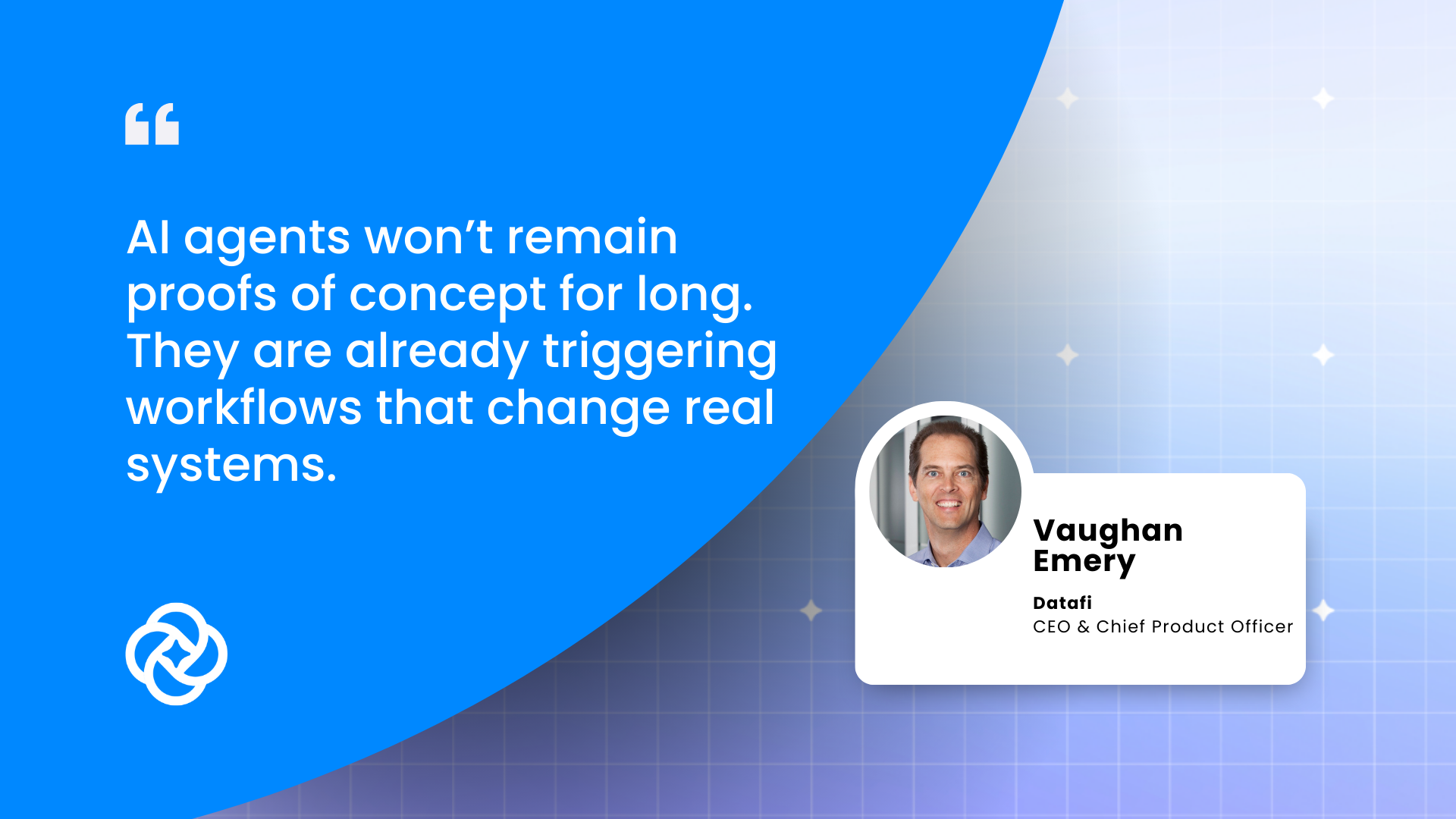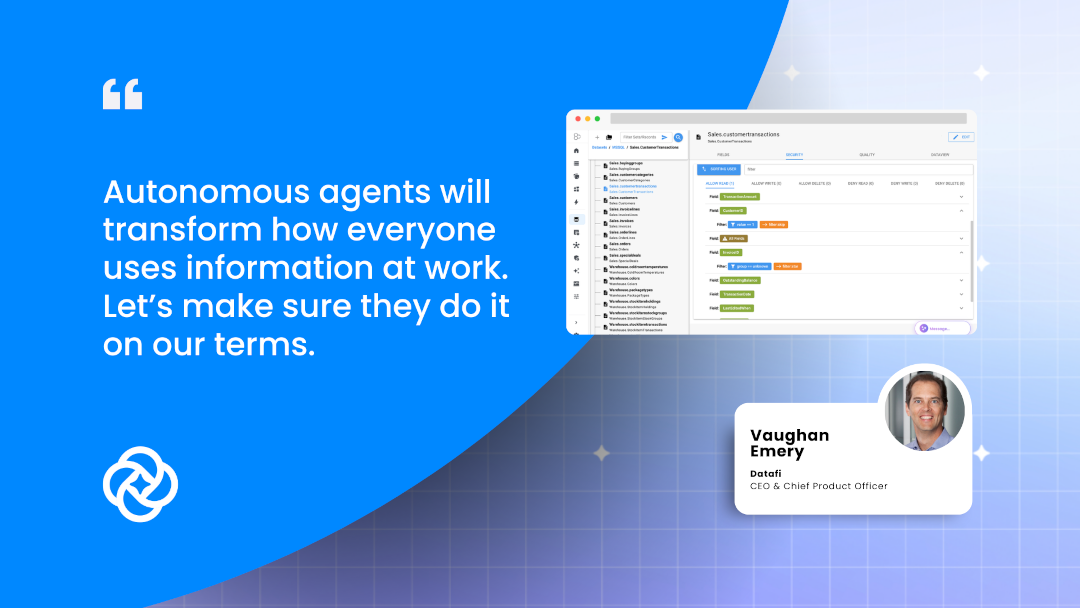Datafi's DataView: Your Top Guide to Efficient Data Management and Querying

What Is a Data View?
A data view is a virtual table (or curated subset) drawn from one or more databases. Unlike raw tables that store every record, data views apply specific filters and criteria to surface only the most relevant information. They hold no physical data but act as a window—offering a focused, manageable perspective on the underlying datasets.
Key Benefits of Using Datafi Data Views
- Data Simplification:Data views strip away noise, presenting only the metrics that matter. This streamlined approach accelerates data exploration and insight discovery.
- Improved Security: By exposing just the necessary subset, views limit access to sensitive fields, aligning with data-privacy regulations and reducing risk.
- Faster Performance:Because views retrieve only required records, queries run more efficiently, boosting analytics and reporting speed.
- Flexibility & Customization: Teams can tailor views to specific departments or business functions without altering the core database schema.
Best Practices for Implementing Datafi’s Data Views
- Define Clear Objectives Before creating views, clarify their purpose and the questions they should answer to maximize relevance. Store this information in the form of metadata.
- Regular Updates and Maintenance: Keep your views updated to reflect changes in the underlying datasets and business requirements.
- Security Management: Use proper user roles and permissions to restrict access and protect sensitive data.
Why Data Views Matter
Well-designed data views make complex data easier to understand, improve security, and enhance performance. This helps organizations make strong, data-driven decisions. Using Datafi’s data views in your tools, you can convert raw data into specific business knowledge.
Datafi's DataView: Your Top Guide to Efficient Data Management and Querying
What Is a Data View?
A data view is a virtual table (or curated subset) drawn from one or more databases. Unlike raw tables that store every record, data views apply specific filters and criteria to surface only the most relevant information. They hold no physical data but act as a window—offering a focused, manageable perspective on the underlying datasets.
Key Benefits of Using Datafi Data Views
- Data Simplification:Data views strip away noise, presenting only the metrics that matter. This streamlined approach accelerates data exploration and insight discovery.
- Improved Security: By exposing just the necessary subset, views limit access to sensitive fields, aligning with data-privacy regulations and reducing risk.
- Faster Performance:Because views retrieve only required records, queries run more efficiently, boosting analytics and reporting speed.
- Flexibility & Customization: Teams can tailor views to specific departments or business functions without altering the core database schema.
Best Practices for Implementing Datafi’s Data Views
- Define Clear Objectives Before creating views, clarify their purpose and the questions they should answer to maximize relevance. Store this information in the form of metadata.
- Regular Updates and Maintenance: Keep your views updated to reflect changes in the underlying datasets and business requirements.
- Security Management: Use proper user roles and permissions to restrict access and protect sensitive data.
Why Data Views Matter
Well-designed data views make complex data easier to understand, improve security, and enhance performance. This helps organizations make strong, data-driven decisions. Using Datafi’s data views in your tools, you can convert raw data into specific business knowledge.





